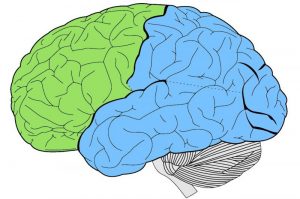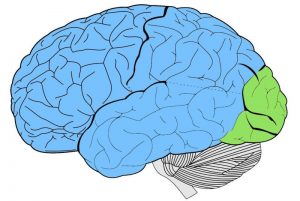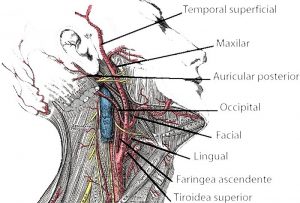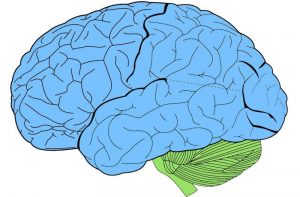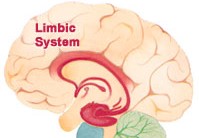Virology
When an organism is infected by a virus, there is an immune response that affects the host and attacks its health. Virology studies how this infectious process is transmitted, developed and multiplied. Likewise, virology covers the study of antiviral vaccines, diagnostic techniques and viral clinical signs that reveal the presence of a virus in an organism.

How viruses are studied
- Primary Culture
- Cellular strain
- Cell Line
- Physicochemical method
What is virology?
Virology, considered a branch of microbiology, studies viruses and viral agents. In this sense, this science allows us to understand the functioning and development of viruses and classifies them. Virology also studies diseases produced by viruses and their relationship with the host and its growth, which allows preventive measures and isolation mechanisms to be adopted in order to avoid epidemics.
To summarize, the most important points of interest in virology include the virus replication cycle, viral pathogens, viral immunology and vaccines.
History
In the 16th century, thanks to the tulip trade where the flowers were differently pigmented and marbled, it was discovered that these patterns, which were symptoms of a viral disease, could be transmitted to healthy tulips. Possibly, this variety of tulips were infected with tulip mosaic virus.
Later, at the end of the 19th century, the pharmacist Adolf Eduard Mayer discovered that tobacco mosaic disease could be transmitted to healthy plants by injecting them with the sap from diseased plants. On the other hand, the Russian scientist Ivanovsky was the one who succeeded in identifying a filterable and microscopic entity that differed from bacteria and that could be the cause of tobacco mosaic disease. Thus, he used the term “filterable agent” to refer to this entity before the term “virus” was adopted.
Beijerinck, a Dutch botanist and microbiologist, confirmed the filterable nature of this virus and realized that the contagious agent was different from the microorganisms known until then. He then called it contagium vivum fluidum.
It can then be seen that Mayer, Ivanovsky and Beijerinck each contributed to the discovery of a filterable agent that could be observed under a microscope and that had the capacity to proliferate in living cells and cause disease.
In a different order of ideas, two important steps in virology history are the standardization of the crystallography technique in 1937 and the inauguration of the electronic microscope in 1939, which allowed to deepen and advance in virus studies.
By the 1960s, most of the entities causing the main infectious processes in humans, such as polio, rubella, chickenpox, among others, had been identified. Also, by then some vaccines already existed.
Importance
From a biological perspective, it should be noted that all living beings possess viruses that infect them. From a clinical perspective, it is appropriate to emphasize that thanks to virology, it has been possible to know many viruses responsible for diseases. For example, viruses such as HIV, herpes and various types of hepatitis have been discovered. Similarly, vaccines have been developed and those that already exist have been improved. In addition, virology has led to advances in molecular biology.
It should be noted that for some researchers virology is crucial in the study of problems related to molecular biology and is therefore considered an independent science of microbiology.
Nowadays, virology has allowed important advances in the field of infectious diseases and molecular biology.
Human virology
Human virology focuses on aspects related to viral infections in human beings and the mechanisms and consequences they imply in the host. It is also responsible for studying diseases caused by viruses in humans as well as the principles for their detection and diagnosis, control strategies and treatment. On the other hand, human virology deepens the aspects related to molecular biology since it plays an important role in discovering new viruses.
Veterinary virology
Veterinary virology studies aspects related to viruses causing animal diseases. In this way, the pathogenic processes of each viral family are analyzed and related to their morphological, genomic or replication characteristics. This study covers domestic animals as well as wild animals.
In addition, veterinary virology focuses on the major viral diseases suffered by animal species both from a pathogenic perspective and from a socio-economic perspective when dealing with, for example, animals such as livestock.
How to cite this article?
Briceño V., Gabriela. (2019). Virology. Recovered on 24 February, 2024, de Euston96: https://www.euston96.com/en/virology/



